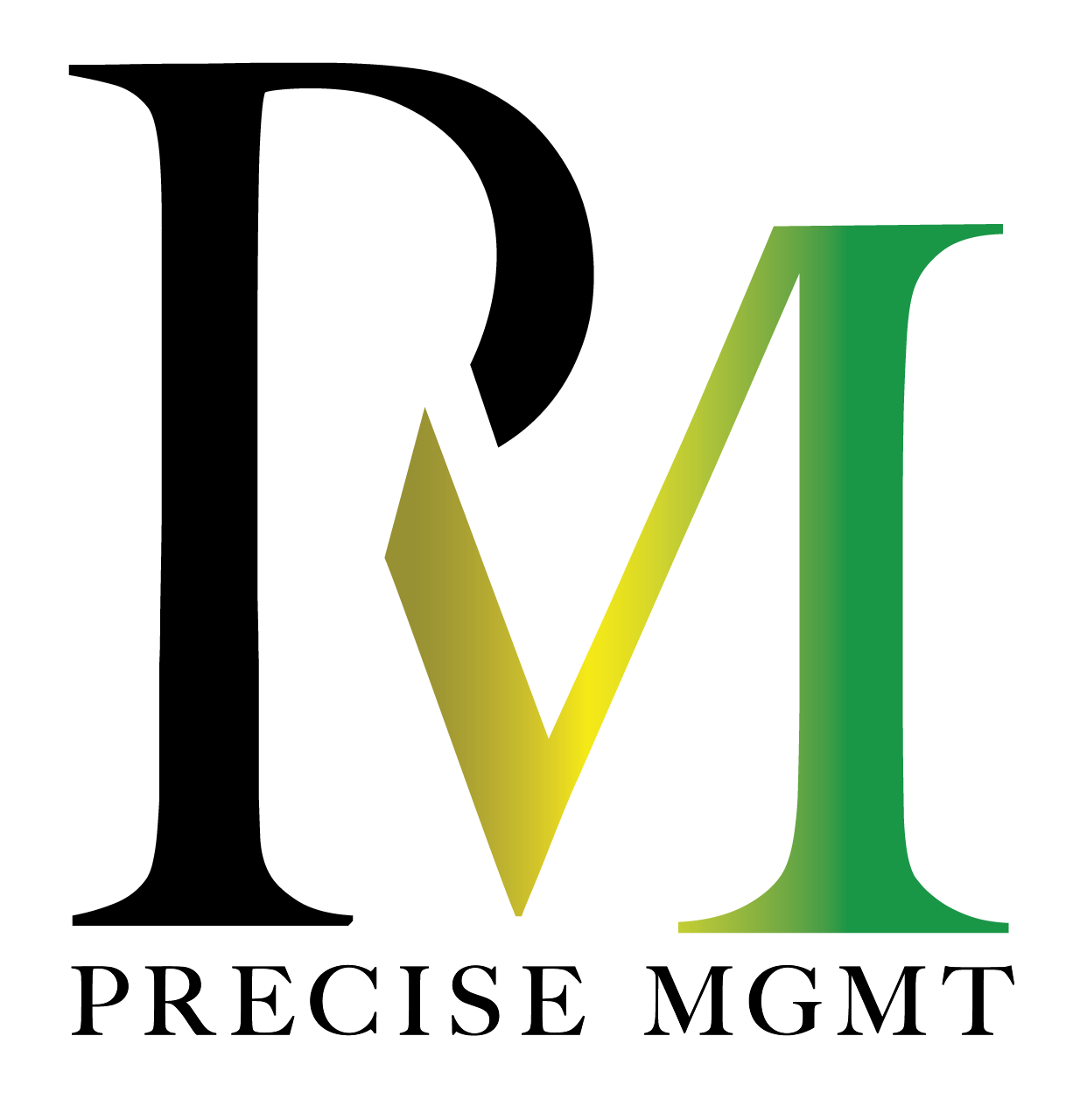The Dangers of Unrealistic Financial Assumptions in 2025
- contact600132
- Nov 8, 2024
- 4 min read
Updated: Nov 18

Assumptions are essential to crafting budgets, investment plans, and growth strategies in business forecasting. Yet, in 2025's data-driven landscape, unrealistic financial assumptions can backfire. Overestimating revenue, underestimating expenses, or overlooking critical market trends can disrupt company plans, resulting in missed targets, financial gaps, and lost opportunities. This article delves into the dangers of inaccurate forecasting and provides practical strategies for avoiding these pitfalls by grounding projections in realistic, data-driven scenarios.
The Risks of Unrealistic Financial Assumptions
Forecasting is as much an art as it is a science, but even small errors in financial assumptions can create a ripple effect across the organization. Here are some key risks businesses face when assumptions go unchecked:
Overestimated Revenue: Unrealistically optimistic revenue forecasts can lead to overinvestment in resources, such as hiring or marketing. When actual revenues fall short, businesses may face cash flow problems or be forced to make hasty budget cuts.
Ignored Market Trends: Businesses that disregard emerging trends or industry changes risk becoming irrelevant. For instance, failing to factor in shifts in consumer behavior or technological innovation can result in missed growth opportunities.
Underestimated Costs: Assuming stable costs or ignoring potential increases—such as rising material prices or labor expenses—can leave businesses financially vulnerable.
Inaccurate Sales Projections: Overconfidence in sales performance, especially when expanding into new markets, can lead to inflated targets and disappointment when expectations aren’t met.
Investor Distrust: Unrealistic forecasts can shake investor confidence. Stakeholders and investors expect projections to be grounded in reality. If a business continuously underdelivers, it risks damaging its credibility.

Avoiding Common Forecasting Pitfalls
Businesses can prevent these issues by refining their forecasting processes and making realistic assumptions based on data-driven insights. Below are some practical strategies to avoid common forecasting errors:
1. Use Data-Driven Scenarios
Forecasts based on guesswork or past experience alone are risky. Instead, rely on historical data and current trends to build projections. Look at sales patterns, industry benchmarks, and customer behavior to create realistic revenue estimates.
Tip: Develop multiple forecast scenarios—best-case, worst-case, and most-likely outcomes—so you are prepared for any situation.
2. Factor in Market Volatility
Economic conditions, regulatory changes, and unexpected disruptions can impact forecasts. In 2025, businesses must remain adaptable by regularly monitoring external factors that could affect revenue or expenses.
Tip: Use predictive analytics tools to track relevant market trends and integrate them into your forecasts.
3. Align with Key Departments
Finance departments don’t operate in silos, and neither should your forecasts. Unrealistic assumptions often arise when projections aren’t aligned with input from sales, marketing, and operations. Cross-functional collaboration ensures forecasts are grounded in the reality of each department’s expectations and constraints.
Tip: Hold regular meetings with stakeholders from different departments to align assumptions and adjust forecasts as needed.
4. Be Conservative with Revenue, Realistic with Costs
Optimism can be dangerous in forecasting. It’s better to take a conservative approach to revenue projections, especially when launching new products or entering new markets. On the other hand, costs should be estimated realistically, with allowances for inflation, supplier pricing changes, and other variables.
Tip: Build a contingency budget to cover unexpected costs. This safety net can prevent financial stress if actual expenses exceed initial forecasts.
5. Conduct Regular Forecast Reviews
Forecasts are not set in stone. Businesses must review and update projections regularly to reflect new data and market conditions. A quarterly or monthly review process ensures that forecasts stay relevant and reflect the latest trends.
Tip: Use a rolling forecast model, which allows businesses to update projections continuously, extending the forecast period as new data becomes available.

Case in Point: The Impact of Unrealistic Forecasts in 2025
Let’s consider a hypothetical example of two companies, Company A and Company B, entering 2025 with different forecasting strategies:
Company A relies heavily on optimistic assumptions, projecting a 20% revenue increase without factoring in potential supply chain disruptions. It hires aggressively and commits to large marketing campaigns, expecting sales to boom. However, mid-year disruptions lead to delayed product launches and lower-than-expected sales. As a result, Company A faces a cash flow crunch and must lay off staff and cut back on marketing, damaging its brand reputation.
Company B, on the other hand, builds projections using data-driven scenarios. It creates multiple revenue forecasts based on best- and worst-case conditions, factoring in potential supply issues. When disruptions occur, Company B adjusts its strategy quickly, reallocating resources to focus on profitable segments. As a result, it navigates the market shifts more smoothly and ends the year with stable growth.
This example illustrates how realistic forecasting can make a significant difference in business outcomes. While unexpected events are inevitable, companies with accurate assumptions and agile strategies are better equipped to navigate challenges.

Embrace Realistic Forecasting for Long-Term Success
In 2025, businesses cannot afford to rely on wishful thinking or outdated forecasting practices. Unrealistic financial assumptions can lead to overconfidence, wasted resources, and unmet expectations. By grounding projections in data-driven scenarios, aligning assumptions across departments, and regularly reviewing forecasts, businesses can avoid these pitfalls and create more reliable financial plans.
Plan Smart, Stay Ahead
The key to sustainable success in 2025 lies in realistic financial forecasting. Companies that align their assumptions with data, monitor market trends, and remain agile in the face of uncertainty will have a clear advantage. Forecasting is not about getting every number right but about creating flexible, well-informed projections that guide smart decision-making. With the right approach, businesses can stay on course, weather market shifts, and seize new opportunities with confidence.




Comments